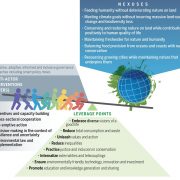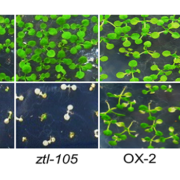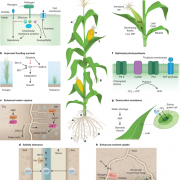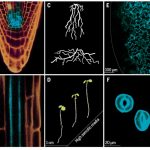Review: More than a pinch of salt: How plants tolerate salty conditions (Annu. Rev. Plant Biol.)
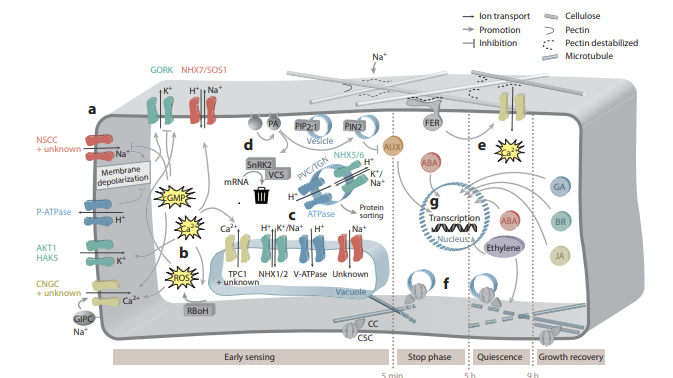 High soil salinity has implications greater than what meets the eye; in addition to the apparent ‘ionic’ stress caused by the toxic sodium (Na+) and chloride (Cl–) ions, it causes osmotic stress (drought-like condition), altered potassium (K+) homeostasis, inhibition of photosynthesis and a plethora of other effects. Plants have evolved complex signaling pathways to deal with these changes and a large number of new pathways have been characterized recently. The last decade provided significant findings including a lipid sensor for salt stress, long-distance calcium (Ca2+) waves, the expansion of the salt overly sensitive (SOS) pathway to include proteins like the flowering time modulator GIGANTEA, etc. Despite many other excellent reviews, van Zelm et al.’s review article is particularly useful, as it spans the length and breadth of salt stress responses from morphological, physiological and metabolic to structural and molecular aspects. It also talks about lesser known aspects and those that need to be ascertained. (Summary by Pavithran Narayanan @pavi_narayanan). Annu. Rev. Plant Biol. 10.1146/annurev-arplant-050718-100005
High soil salinity has implications greater than what meets the eye; in addition to the apparent ‘ionic’ stress caused by the toxic sodium (Na+) and chloride (Cl–) ions, it causes osmotic stress (drought-like condition), altered potassium (K+) homeostasis, inhibition of photosynthesis and a plethora of other effects. Plants have evolved complex signaling pathways to deal with these changes and a large number of new pathways have been characterized recently. The last decade provided significant findings including a lipid sensor for salt stress, long-distance calcium (Ca2+) waves, the expansion of the salt overly sensitive (SOS) pathway to include proteins like the flowering time modulator GIGANTEA, etc. Despite many other excellent reviews, van Zelm et al.’s review article is particularly useful, as it spans the length and breadth of salt stress responses from morphological, physiological and metabolic to structural and molecular aspects. It also talks about lesser known aspects and those that need to be ascertained. (Summary by Pavithran Narayanan @pavi_narayanan). Annu. Rev. Plant Biol. 10.1146/annurev-arplant-050718-100005


